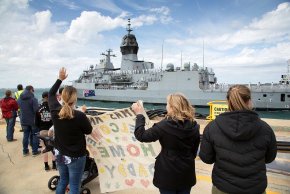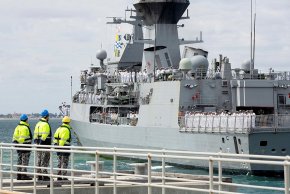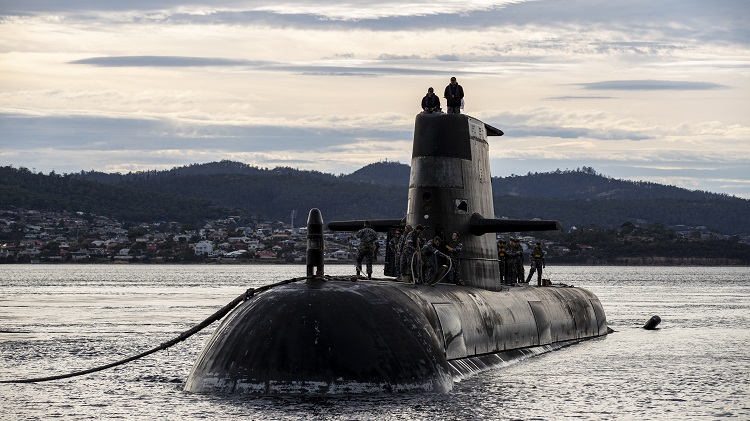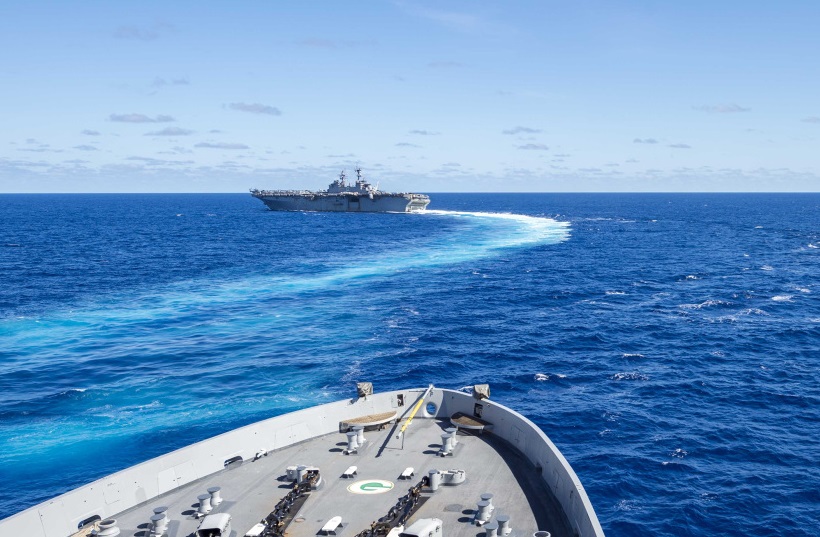This continual "redesigning" of the Hunter Class FFG, continual speculation on its dimensions, number of VLS cells, Centre Of Buoyancy, COG, light displacement, fully laden displacement, and everything else when very little is in the public domain and the design isn't even finalised, has become repetitive and tiresome. Posts concerning this along with suggestions of building a fourth Hobart Class DDG, arming the Arafura Class beyond what the RAN has already determined to be fitted, acquiring used SSNs, are to cease forthwith. This is non negotiable and any transgressors most likely will find themselves on holiday from this thread without any further warning.
The Moderators and the DEFPROS are completely fed up with the ill-informed and ill-considered posts that have been polluting the thread recent times. Whilst we understand that posters are passionate about the topic, the vast majority of you have been on here long enough to know what is expected quality wise in your posts.
In order for posters to digest this information, this thread is locked for Moderator discussion.
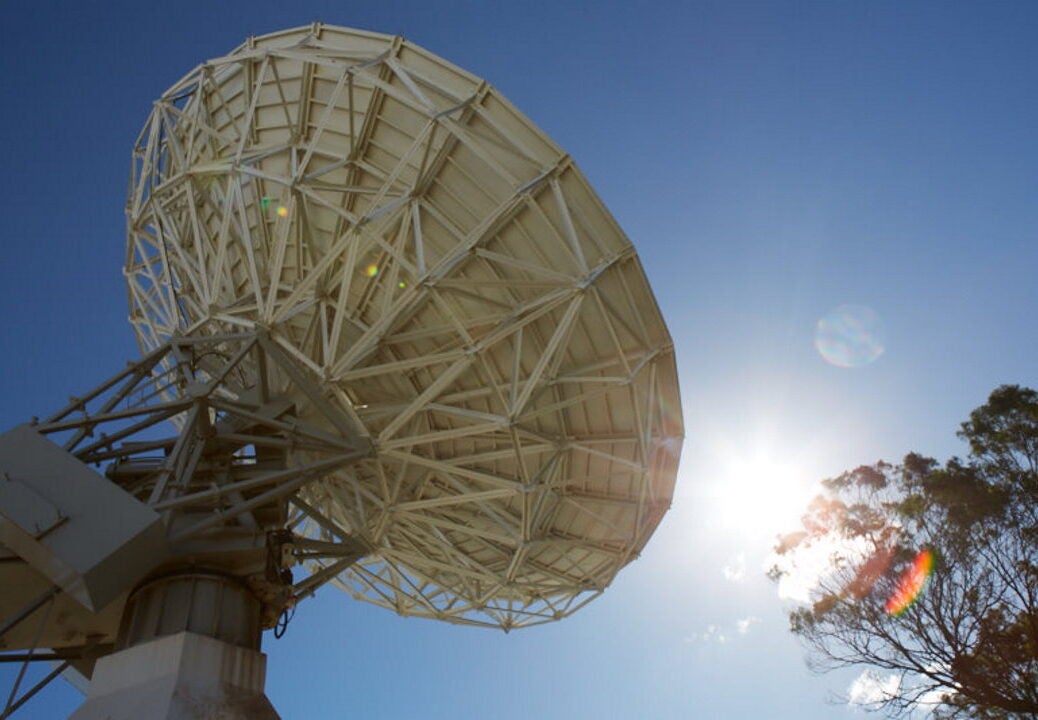
 www.airforce-technology.com
www.airforce-technology.com


